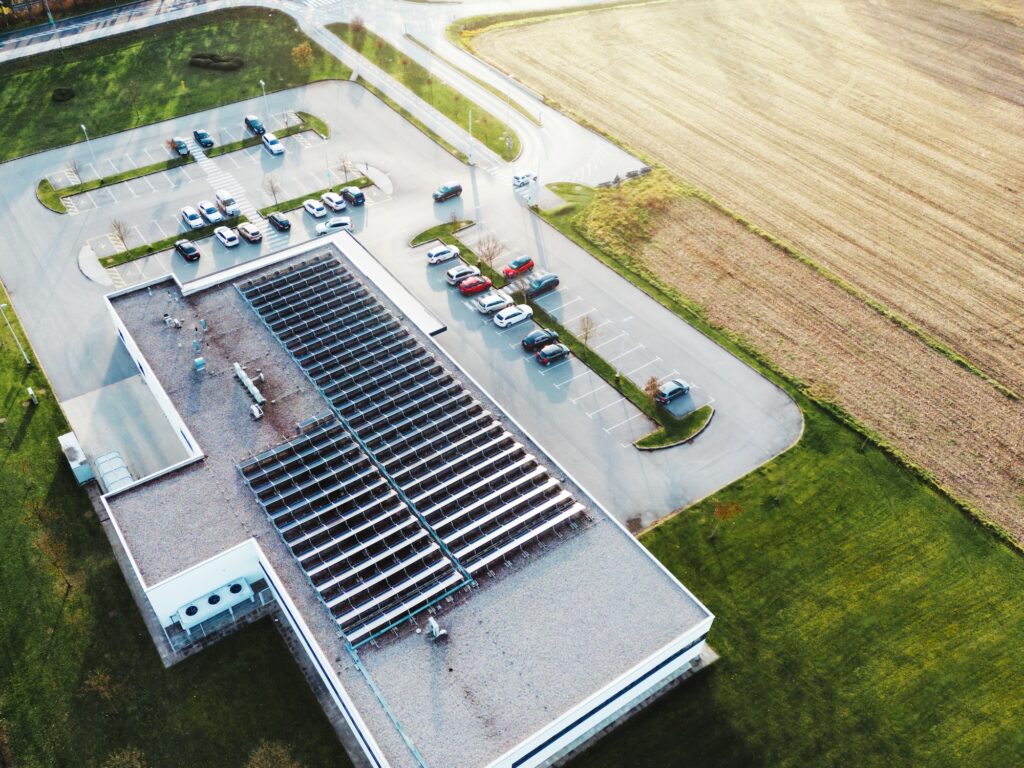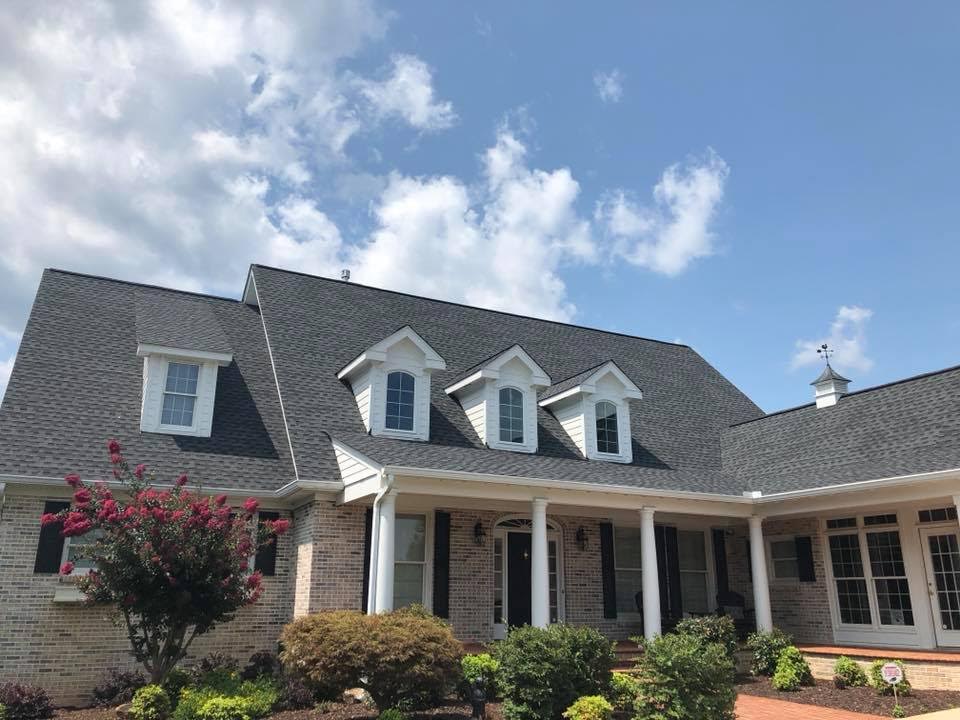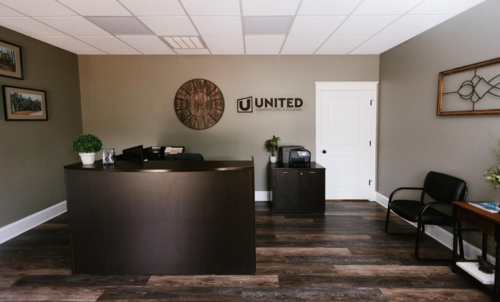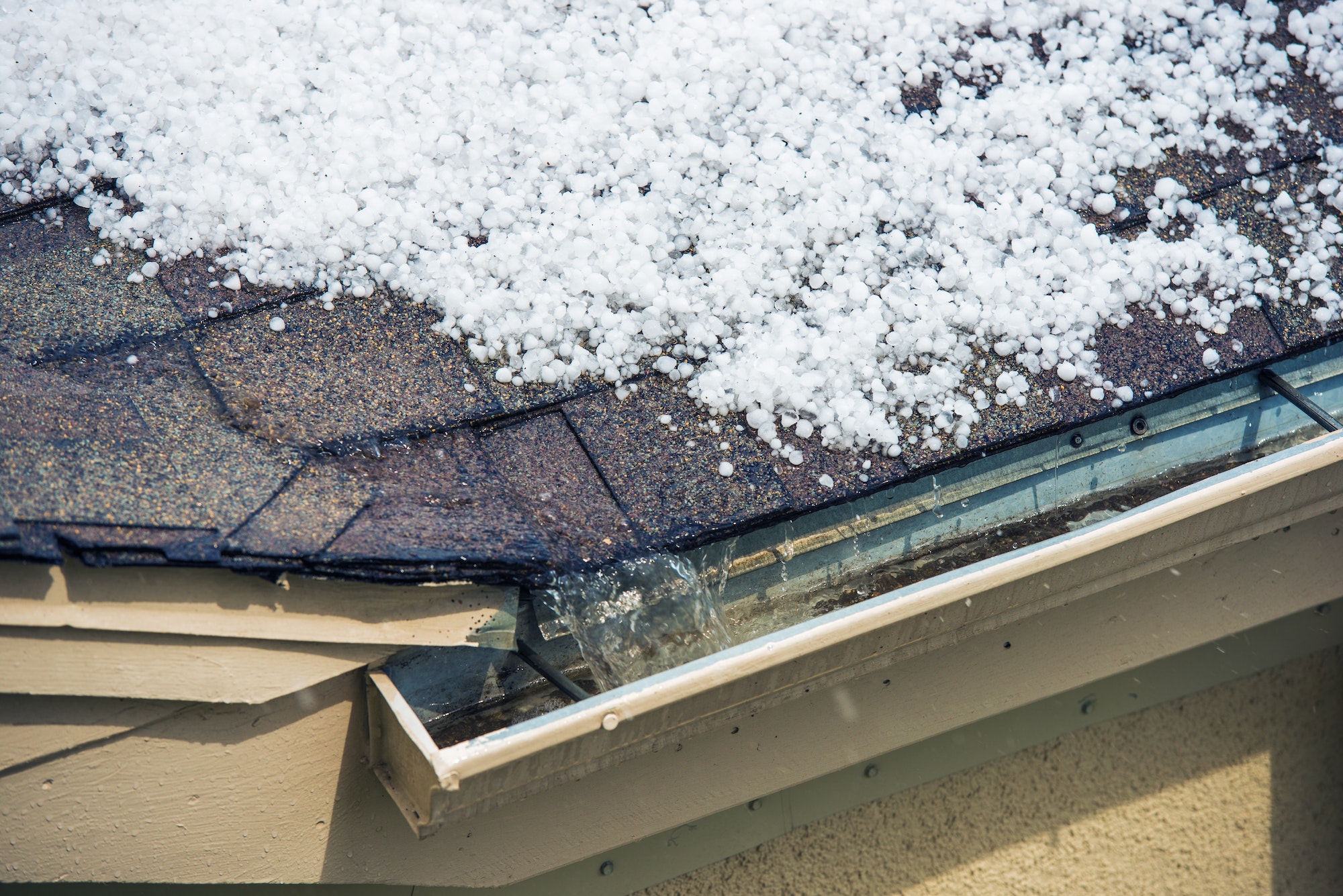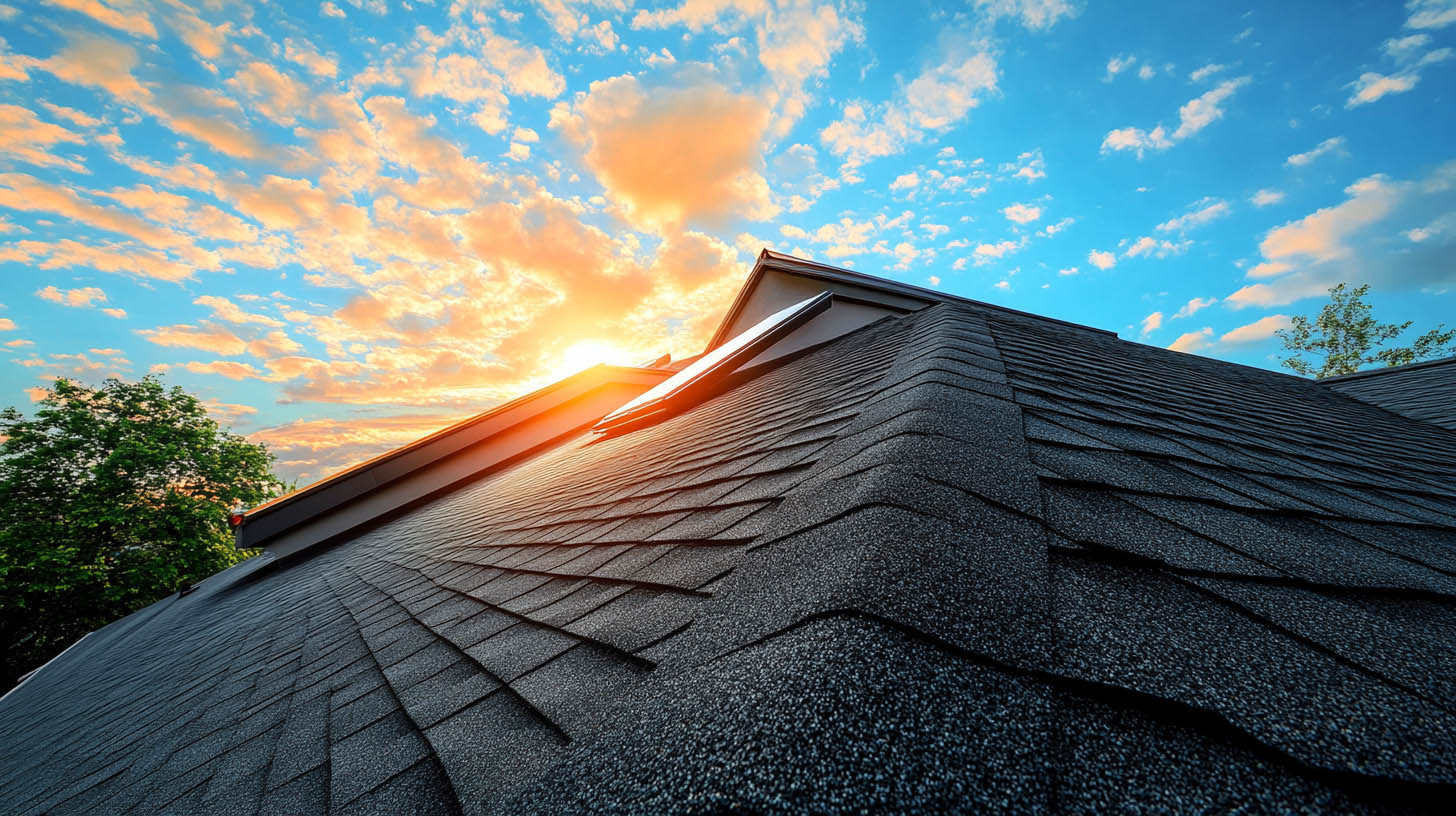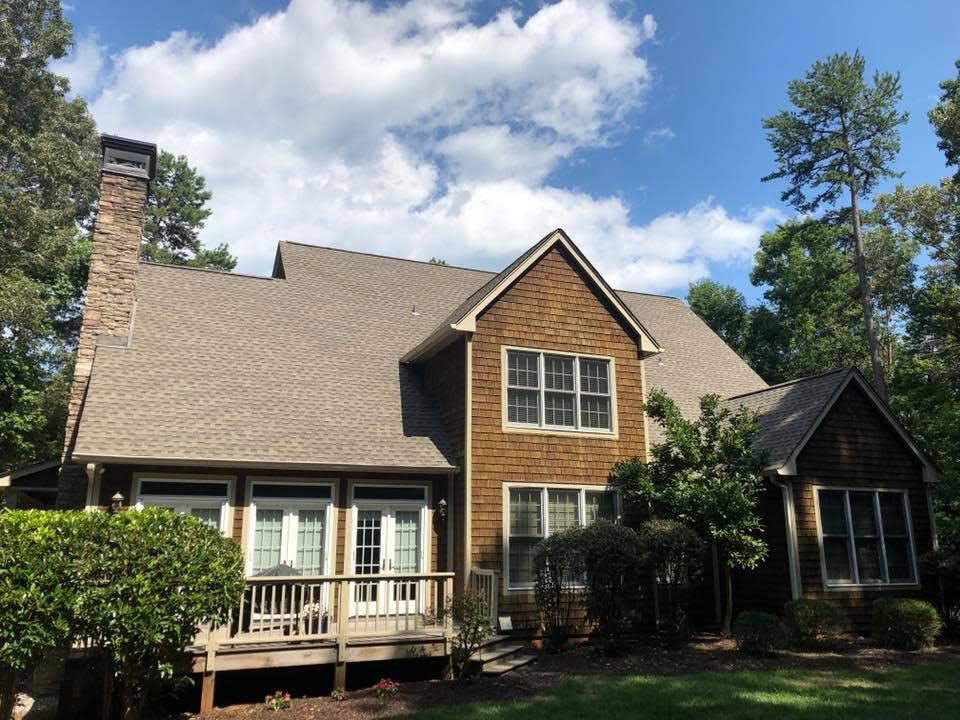Choosing the right roof for your commercial property is a critical decision that impacts both the functionality and aesthetics of your building. United Contracting & Roofing LLC, located in Greenville, SC, provides a detailed comparison of flat and pitched roofing systems to help you make an informed choice.
What is Commercial Flat Roofing?
Definition and Materials
Commercial flat roofing is characterized by a nearly level surface, typically with a slight pitch to facilitate drainage. Common materials used for flat roofs include:
- Modified Bitumen: Known for its durability and weather resistance.
- EPDM (Ethylene Propylene Diene Monomer): A synthetic rubber membrane offering excellent longevity.
- TPO (Thermoplastic Olefin): Known for its energy efficiency and ease of installation.
- PVC (Polyvinyl Chloride): Offers strong resistance to chemicals and environmental factors.
Benefits of Flat Roofing
Accessibility and Maintenance
Flat roofs provide easy access for maintenance and repairs, making them ideal for large commercial buildings. The flat surface also allows for the installation of HVAC systems, solar panels, and rooftop gardens, maximizing the use of available space.
Cost-Effectiveness
Flat roofing systems are generally more cost-effective to install due to the simplicity of their design and the materials used. This makes them a popular choice for budget-conscious projects.
Drawbacks of Flat Roofing
Drainage Issues
Flat roofs require efficient drainage systems to prevent water pooling, which can lead to leaks and structural damage. Regular inspections and maintenance are crucial to ensure the drainage system functions correctly.
Potential for Leaks
Due to the minimal slope, flat roofs are more susceptible to leaks if not properly installed or maintained. Frequent inspections are necessary to identify and address potential issues early.
What is Commercial Pitched Roofing?
Definition and Materials
Pitched roofs have a noticeable slope, allowing for natural water runoff. Common materials include:
- Asphalt Shingles: Durable and affordable, offering a classic look.
- Metal Roofing: Sleek, modern, and long-lasting with minimal maintenance.
- Tile and Slate: High-end options providing excellent durability and aesthetic appeal.
Benefits of Pitched Roofing
Natural Drainage
The slope of a pitched roof facilitates natural water runoff, reducing the risk of water pooling and leaks. This makes pitched roofs highly effective in regions with heavy rainfall or snowfall.
Aesthetic Versatility
Pitched roofs offer a wide range of styles and materials, allowing for significant customization. They can enhance the visual appeal of a building, providing a timeless, classic look or a modern, sleek appearance.
Drawbacks of Pitched Roofing
Higher Initial Costs
The complexity of pitched roofs often results in higher initial costs for materials and labor. However, the long-term benefits of reduced maintenance and repair needs can offset these costs.
Accessibility Challenges
Pitched roofs can be more challenging to access for maintenance and repairs, often requiring ladders or scaffolding. This can increase the complexity and cost of routine maintenance tasks.
Comparison of Flat and Pitched Roofing
Accessibility and Maintenance
- Flat Roofing: Easy access for maintenance, making it ideal for rooftop installations.
- Pitched Roofing: More challenging to access, requiring additional equipment for maintenance.
Drainage and Water Management
- Flat Roofing: Requires efficient drainage systems to prevent water pooling.
- Pitched Roofing: Natural water runoff due to the slope, reducing the risk of leaks.
Space Utilization
- Flat Roofing: Offers ample space for rooftop installations such as gardens and solar panels.
- Pitched Roofing: Limited usable space due to the slope.
Style and Aesthetics
- Flat Roofing: Provides a modern, minimalist aesthetic.
- Pitched Roofing: Offers a wide variety of styles and materials for greater customization.
Durability and Cost
- Flat Roofing: Generally more cost-effective upfront, less prone to wind damage.
- Pitched Roofing: Higher initial cost but better resistance to heavy rain and snow.
Conclusion
Choosing between flat and pitched roofing for your commercial property depends on various factors including budget, aesthetics, maintenance preferences, and the specific requirements of your building. Flat roofs offer easy accessibility and cost savings, while pitched roofs provide superior drainage and a wide range of aesthetic options.If you want to know more about Advantages of Ballasted EPDM Roofing, click here.

